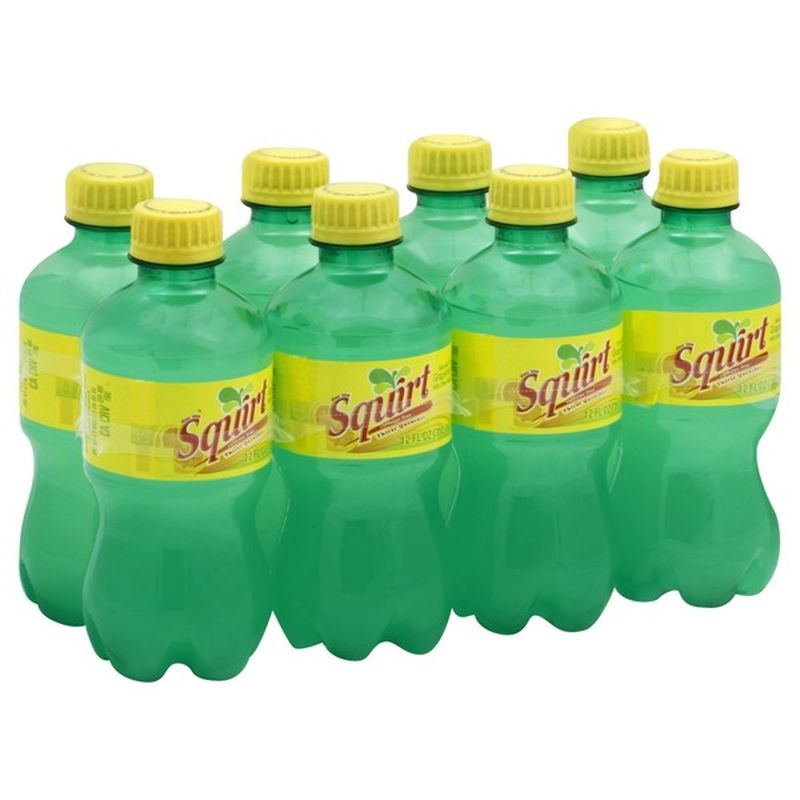

Kas limon and naranja being the most popular. Kas is a soft drink that comes in many different fruit flavor varieties such as grapefruit, orange, lemon, apple, and herbal extracts. It was soon launched to the Mexican market for consumption as a competitor to Coca-Cola’s launch of the grapefruit-flavored beverage Fresca in 1994. It was primarily used as a mixer for alcoholic drinks but was soon acquired by Pepsi-Cola de Espana when the brand grew in popularity. Kas is a soft drink manufactured by PepsiCo that originated from Spain in 1956. In 2002, the soft drink was given the “Best Local Soft Drink” award by the newspaper Miami News Times. The founder of the company began producing Materva to diversify their product lineup. and many latin areas in the U.S, as Cawy Bottling Company has manufactured the drink since the 1960s. Materva can be found at all Miami restaurants and supermarkets. However, the Materva soda is delightful with a taste similar to a cream soda or ginger ale. While dried yerba mate leaves are often used to brew a hot drink, it is usually bitter. This popular soft drink is essentially a herbal tea with bubbles made with yerba mate. Materva is a soft drink initially manufactured and popularized in Cuba back in 1920. It also happens to be the official sponsor of the Brazilian soccer team. While there are many Brazilian companies that manufactur guarana soda, Antarctica is the king. This golden-caramel-colored beverage is carbonated and tastes like a sugary ginger ale with apples and a hint of berry.

These drinks include an açaí version, zero sugar varieties, and a champagne flavor. The soft drink includes the extract of the Guaraná plant and caffeine, and its success has spawned a wide range of spin-off drinks. The Guaraná plant has a high caffeine content with more than three times stronger than regular coffee plants. Guarana Antarctica is a famous drink from Brazil made from using the Guaraná plant. You can buy Inca Kola at Amigofoods or Amazon. It is a refreshing drink when chilled ice-cold and consumed on a hot summer day, but most people from Peru drink it at room temperature rather than serving it over ice or as a base mixer for alcoholic drinks. Other people swear that they can smell and taste pineapple, lemon, lime, or even bananas. Some people say that the drink tastes like bubblegum. The drink is slightly fruity with the flavor of lemon verbena. This intensely yellow beverage, reminiscent of a yellow highlighter, is also widely known as “the Golden Kola” and amongst the most popular drinks in Peru. The soft drink’s patriotic branding and marketing campaigns soon positioned Inca Kola’s position as the soda of Peru, rivaling Coca-Cola in market share.ĭespite the drink’s success, the company suffered and went into debt in the 1980s due to the civil unrest caused by Shining Path rebels and hyperinflation in the 1990s.Įventually, Coca-Cola purchased half of Inca Kola. In 1935, he introduced a new carbonated beverage named Inca Kola that grew in popularity, soon becoming one of Lima’s most popular drinks. José Robinson Lindley and his family emigrated from England, forming a bottling business to manufacture and sell drinks in Lima, Peru. Read more about the most popular and iconic Latin sodas, from how they were made to a description of their distinct flavors. You can also search online to find latin shops willing to ship some bottles to you directly. While many of these Latin soda pop is not available outside of the region, you might be able to find a few brands at your local supermarket in the Latin food aisle. These fizzy beverages range from sweet to sour with quirky flavors in all sorts of intense colors and are all refreshingly unique. Some of the best Latin sodas include Inca Kola, Guarana Antarctica, and Materva. While you may be familiar with Coca-Cola or Pepsi, tons of popular soft drinks are produced from various Latin American countries. The best part of traveling might be to try cuisine and beverages unique to the region and cannot be found at your local supermarket back home.


 0 kommentar(er)
0 kommentar(er)
